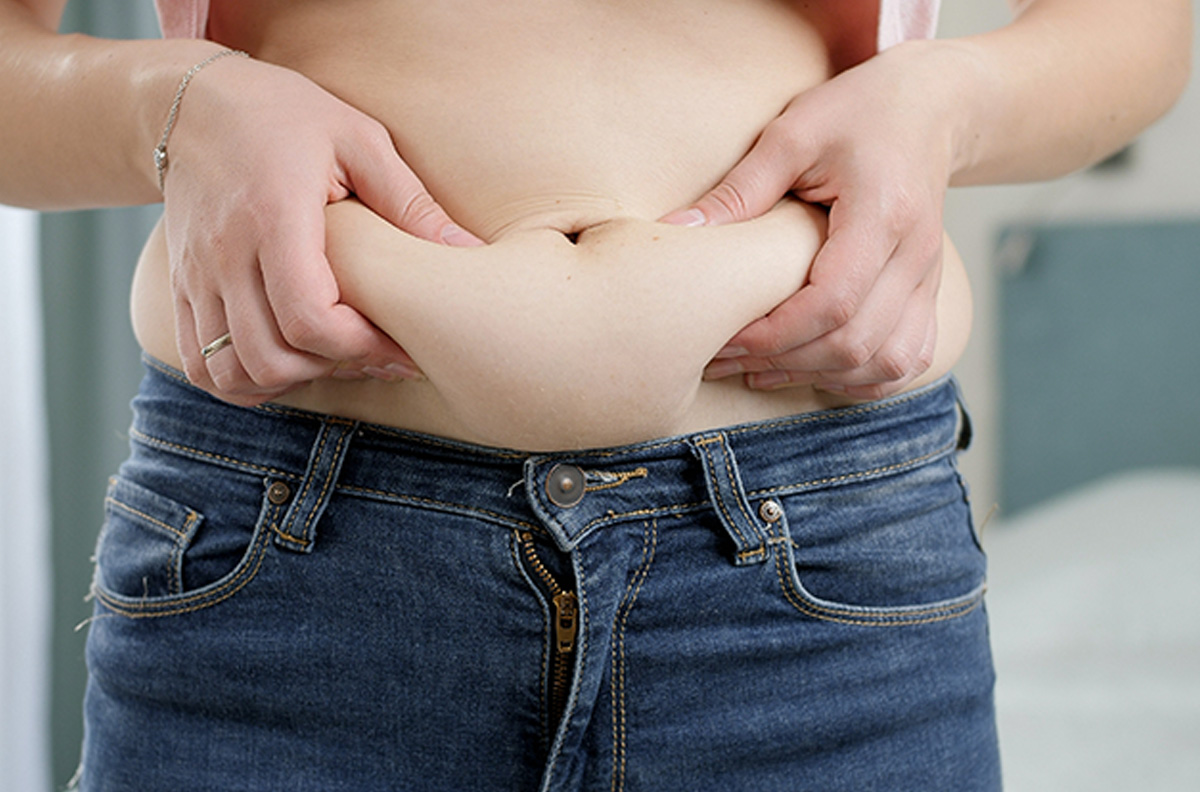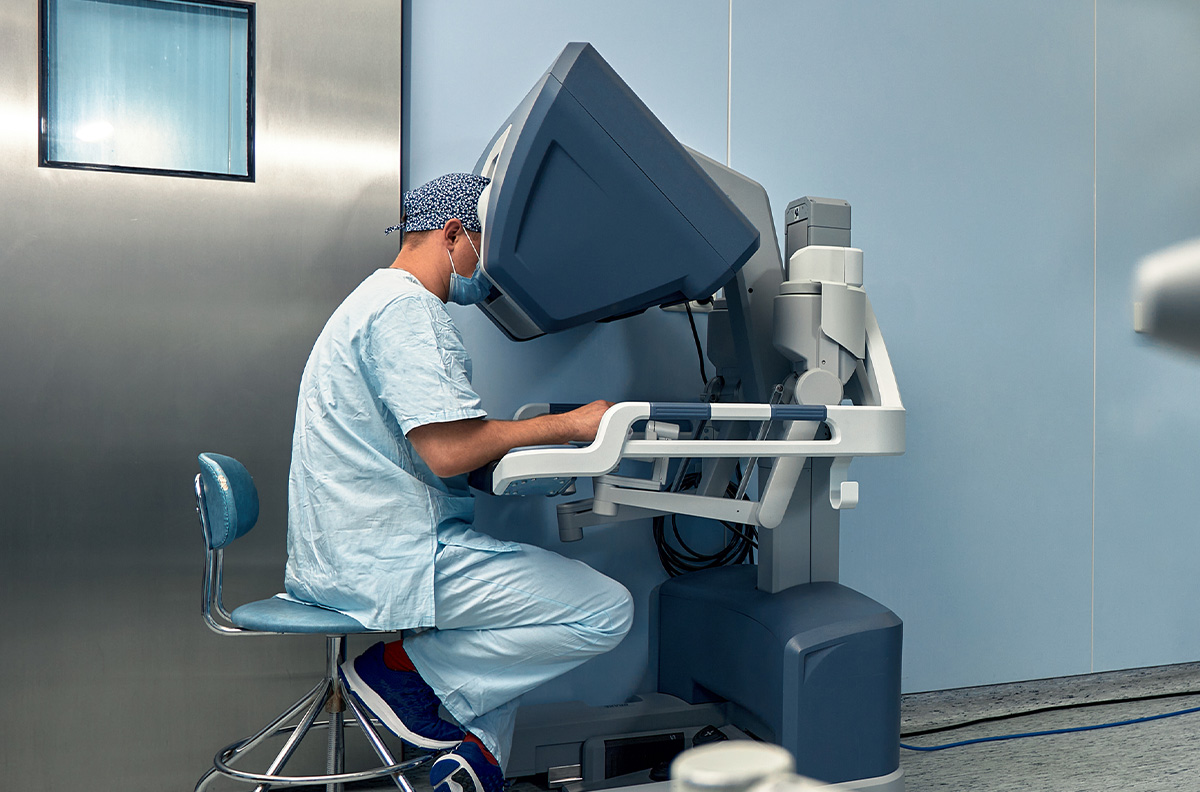Duodenal Switch Surgery
With duodenal switch surgery, you can completely eliminate frequent hunger. This way, you can achieve your desired weight in a short time.
Contents
Overview of Duodenal Switch Surgery
Obesity is one of the common causes of death worldwide. Additionally, obesity leads to numerous diseases. Different surgical procedures can be performed for those who want to get rid of this condition. One such procedure is the duodenal switch operation. The question “What is duodenal switch?” is frequently researched by individuals with obesity.
Duodenal switch surgery involves cutting the small intestine and connecting it to the stomach outlet. This surgery is often confused with sleeve gastrectomy, but some of the procedures performed during the operation are different. The duodenal switch is applied to reduce food absorption, particularly fat absorption, which is significantly reduced. During the operation, 70% of the stomach is removed, resulting in a tube-like stomach. Part of the intestines is also removed.
During the operation, the first part of the intestines, the duodenum, is divided. The divided section is connected to the lower part of the small intestine, the ileum. After the surgery, the patient’s dietary habits change completely. This surgery has positive effects on treating certain diseases.
Before the duodenal switch surgery, the patient’s condition is evaluated by the physician. The decision to undergo surgery is made if the necessary conditions are met and with the physician’s approval. Successful results are achieved through operations performed by an expert physician under suitable conditions.
How is Duodenal Switch Surgery Performed?
First, the type of surgical method to be used is decided. The physician determines the method to be used. Open surgery is one of the methods that can be chosen. Robotic surgery is also among the methods. In this method, the surgical area is detailedly viewed using a robot. The camera in the robotic system can enlarge the desired point up to 16 times. Duodenal switch surgery can also be performed laparoscopically. The incisions made in the closed method are quite small, so there are no aesthetic concerns.
During the duodenal switch surgery, 70% of the stomach is first removed. This reduces the stomach volume from 1.5-2 liters to about 120 ml, similar to sleeve gastrectomy. After removing the stomach, the duodenum is cut a little ahead of the pylorus. The cut small intestine is placed at the exit of the stomach. During the operation, an area called the fundus is removed. Removing this part has a therapeutic effect on type 2 diabetes.
The reduction in fat and calorie absorption post-surgery is significantly greater than with gastric bypass. Additionally, the part of the stomach that secretes the hunger hormone is removed during the operation, resulting in a substantial decrease in hunger.
Who is Suitable for Duodenal Switch Surgery?
The duodenal switch operation is generally performed for patients with super obesity, meaning there are few alternative treatment methods left. The duodenal switch method can also be applied in cases of uncontrolled diabetes and various diseases due to obesity. Individuals with a body mass index (BMI) over 50 are considered suitable for duodenal switch surgery. A deficiency in various vitamins and minerals in the patient can be an obstacle to the surgery. Additionally, the presence of chronic diseases may require the patient to consider different surgical methods. Duodenal switch is not recommended for patients with diseases affecting the large or small intestines and those who have previously undergone abdominal surgery. However, the patient’s condition is evaluated by the physician, and the decision to proceed with the surgery is made accordingly.
Individuals who wish to undergo surgery should be between the ages of 18 and 65. However, a patient-specific evaluation can be made at this stage. Besides meeting the necessary conditions for the operation, the psychological state of the patient is also important. The patient must be psychologically prepared for what needs to be done after the surgery. Individuals who undergo duodenal switch surgery must follow a lifelong diet and take vitamin and mineral supplements.
What are the Side Effects of Duodenal Switch?
Duodenal switch is a surgery that can have side effects. Diarrhea persists for a while after the surgery but eventually resolves. One of the complaints reported by patients is the problem of foul-smelling gas, which results from reduced fat absorption.
Among the complications of duodenal switch are gallstones. Some doctors recommend removing the gallbladder to prevent such problems. The gallbladder is removed if the patient consents. Protein deficiency and energy loss are also potential problems.
One of the risks in digestive system surgeries is the formation of leaks. Intra-abdominal abscesses, deep vein thrombosis, small bowel obstruction, infection, and kidney problems can also occur. However, the likelihood of such risks is very low in operations performed by an expert physician. The risks and benefits of the operation are evaluated for individuals with severe weight problems. The operation helps patients eliminate life-threatening weight and is beneficial for conditions such as diabetes, high cholesterol, and high blood pressure.
How Should Nutrition Be After Duodenal Switch?
The post-duodenal switch surgery nutrition process consists of several stages. The process begins with a clear liquid phase, followed by pulp liquids, soups, soft solids, and normal foods. The duration of each phase varies from patient to patient.
After duodenal switch surgery, which provides significant weight loss, it is necessary to consume only liquids for the first week. At the end of the first week, thicker liquids can be consumed. Freshly squeezed orange juice can be consumed at this stage. After completing a one-month period, pureed foods can be introduced. Vegetable dishes should be pureed before consumption.
You can start normal eating two months later. However, you must chew your food well. Ensuring you do not have mineral deficiencies requires intensive effort during the nutritional process. There are vitamins and minerals that you must use for life after the surgery. You should not neglect to take them.
If the nutritional plan and the use of vitamins and minerals are correctly followed by the patient, the surgery will be beneficial. It also significantly reduces the likelihood of side effects. Duodenal switch surgery provides more guaranteed results compared to gastric band surgery and non-surgical methods. Thus, the patient achieves a healthy weight and lifestyle.







